Home>Garden Essentials>Garden Storage>Small Garden Ideas: 30 Space-Savvy Ways To Max A Tiny Garden
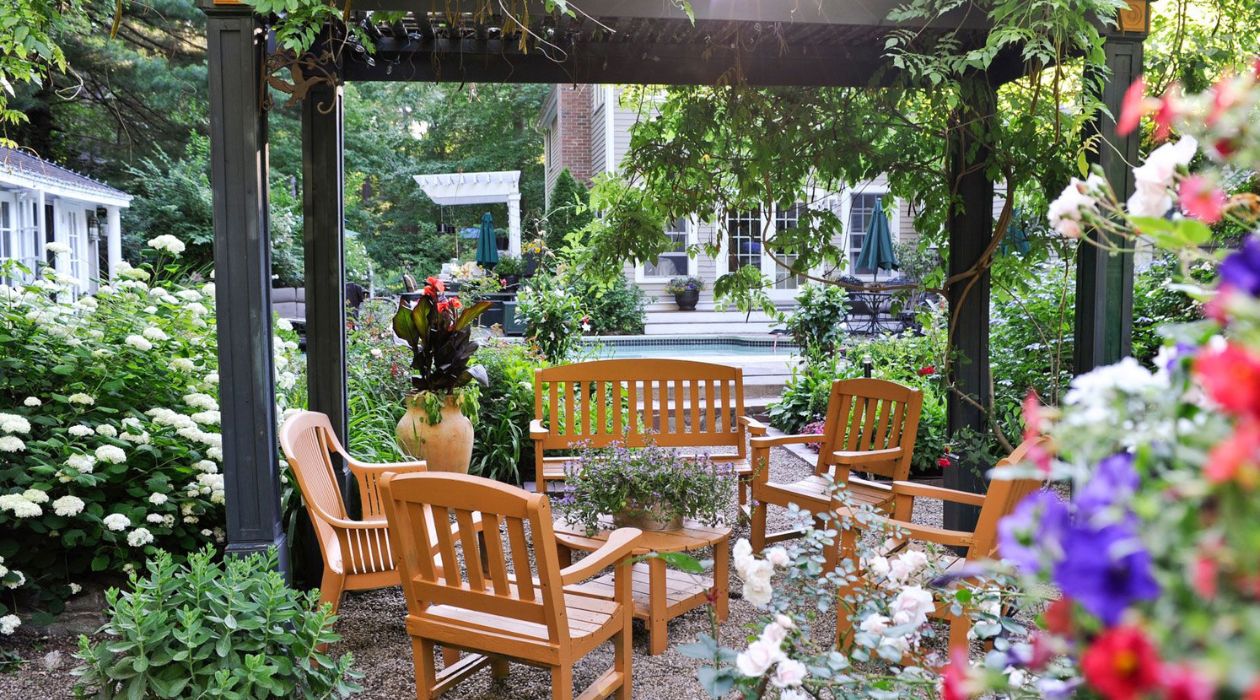

Garden Storage
Small Garden Ideas: 30 Space-Savvy Ways To Max A Tiny Garden
Modified: October 20, 2024
Discover 30 ingenious storage solutions for small gardens and maximize your space with these space-savvy ideas. Transform your tiny garden into a functional and organized oasis.
(Many of the links in this article redirect to a specific reviewed product. Your purchase of these products through affiliate links helps to generate commission for Storables.com, at no extra cost. Learn more)
Introduction
Welcome to our guide on small garden ideas, where we will explore 30 space-savvy ways to maximize a tiny garden. While having a small outdoor space might initially seem limiting, with the right design principles and creative solutions, you can transform your compact garden into a beautiful and functional oasis.
Whether you have a small balcony, courtyard, or even just a narrow strip of land, there are plenty of possibilities to make the most of your limited space. From vertical gardening and container gardening to clever storage solutions and low-maintenance options, we will cover a wide range of ideas to suit different preferences and needs.
By implementing these ideas, you can create a stunning and practical outdoor area that allows you to enjoy the beauty of nature and make the most of every inch of space.
So, let’s dive in and discover how you can turn your small garden into a truly remarkable outdoor retreat!
Key Takeaways:
- Transform your small garden into a stunning oasis with vertical gardening, container gardening, and clever storage solutions. Embrace low-maintenance options and creative plant arrangements to maximize every inch of space.
- Create a visually captivating small garden with space-saving techniques, thoughtful design tips, and enchanting lighting options. Embrace the potential of your tiny outdoor space and let your creativity flourish.
Vertical Gardening
When you have limited horizontal space, why not take advantage of the vertical space in your small garden? Vertical gardening is a fantastic way to maximize your growing area and create a visually stunning display. Here are three popular methods of vertical gardening:
- Using wall-mounted planters: One of the simplest and most effective ways to grow plants vertically is by installing wall-mounted planters. These can be attached to any sturdy vertical surface, such as a wall or fence. Choose plants that are well-suited to vertical growth, such as trailing vines or compact herbs, and watch as they transform your plain wall into a lush, green backdrop.
- Installing a vertical garden system: For a more elaborate vertical gardening solution, consider installing a vertical garden system. These systems typically consist of a series of stacked containers or pockets that can be attached to a wall or freestanding structure. You can grow a wide variety of plants in these systems, from flowers and herbs to vegetables and succulents. They not only provide ample gardening space but also create a striking visual feature in your small garden.
- Hanging baskets and pots: Another popular method of vertical gardening is using hanging baskets and pots. These can be suspended from overhead structures, such as pergolas or tree branches, or mounted on walls and fences. With hanging baskets, you have the flexibility to change the arrangement and move them around as needed. You can grow a variety of flowering plants or even try your hand at a hanging vegetable garden.
Vertical gardening not only saves space but also adds depth and visual interest to your small garden. Experiment with different plants and arrangements to create a stunning vertical display that will truly impress.
Container Gardening
Container gardening is a fantastic solution for small gardens as it allows you to create a portable and versatile garden space. Here are three key aspects of container gardening to consider:
- Choosing the right containers: When selecting containers for your small garden, opt for ones that are not only aesthetically pleasing but also practical. Look for containers that are lightweight, durable, and have good drainage. Consider the size of your plants and choose containers that provide enough room for their roots to grow. You can use a variety of materials, such as terracotta, plastic, or even repurposed items like old buckets or wooden crates.
- Utilizing window boxes: If you have limited floor space, make use of your vertical space by installing window boxes. These long, narrow containers can be mounted underneath windows, on balustrades, or even on walls. Window boxes are particularly suited for growing herbs, flowers, or trailing plants. Not only do they add a charming touch to your small garden, but they also provide easy access to fresh herbs right outside your kitchen window.
- Creating a patio garden with containers: If you have a small patio or balcony, you can transform it into a lush garden oasis by using containers. Choose a variety of container sizes and shapes to create visual interest, and place them strategically around your patio to maximize space. You can mix and match different plants, such as flowers, herbs, and even small vegetables, to create a vibrant and diverse garden.
Container gardening offers flexibility and allows you to experiment with different plant combinations and arrangements. It also provides the opportunity to easily move your plants around to find the perfect spot for optimal sunlight and growth. With a little creativity and the right choice of containers, you can create a beautiful, thriving garden in even the smallest of spaces.
Edible Gardens in Limited Space
Growing your own food is not only rewarding but also a practical way to make the most of your small garden. Here are three ideas for creating edible gardens in limited space:
- Growing herbs in small pots: Herbs are versatile, compact, and perfect for small gardens. Planting them in small pots allows you to have a herb garden even in the tiniest of spaces. Choose herbs that you frequently use in your cooking, such as basil, parsley, thyme, or mint. Place the pots near your kitchen for easy access and enjoy the convenience of having fresh herbs at your fingertips.
- Planting vegetables in raised beds: Raised beds are an excellent option for growing vegetables in limited space. They provide good drainage, help control soil quality, and elevate your plants to a comfortable height for gardening. You can build raised beds in various shapes and sizes to fit your space. Choose compact vegetable varieties that are well-suited for small gardens, such as cherry tomatoes, peppers, lettuce, or radishes, and watch your urban vegetable garden thrive.
- Creating a compact fruit garden: Don’t let limited space stop you from enjoying the sweetness of homegrown fruits. With careful planning and selection, you can create a compact fruit garden in your small space. Consider growing fruits like strawberries, blueberries, or dwarf varieties of fruit trees. These can be grown in containers, hanging baskets, or in small raised beds. Not only will you enjoy fresh and flavorful fruits, but the plants will also add natural beauty to your garden.
Edible gardens not only provide you with a fresh and convenient food source but also add a rich sense of satisfaction to your small garden. Experiment with different herbs, vegetables, and fruits that suit your taste and climate, and enjoy the delights of a small-scale edible paradise right at your doorstep.
Maximizing Small Garden Features
Even in a small garden, you can make the most of your available space by incorporating functional and visually appealing features. Here are three ideas to maximize the features of your small garden:
- Utilizing trellises and arches: Vertical structures like trellises and arches not only add height and architectural interest to your small garden but also provide valuable space for climbing plants. Use a trellis or arch to create a beautiful focal point or to divide different areas of your garden. These structures are ideal for growing climbing plants like jasmine, roses, or even vegetables like cucumbers and beans, maximizing your garden’s vertical space.
- Incorporating a small water feature: Adding a small water feature can bring a sense of tranquility and serenity to your small garden. Consider installing a compact pond or a fountain that fits within your space. The sound of trickling water creates a soothing ambiance and attracts wildlife, further enhancing your garden’s appeal. Choose a water feature that suits the size and style of your garden, ensuring it doesn’t overpower the space.
- Adding seating and relaxation areas: Create cozy nooks and spaces for relaxation and conversation in your small garden. Place a small bench, a couple of chairs, or even a swing where you can sit and enjoy the beauty of your garden. Use foldable furniture or built-in seating options to optimize space. Consider adding shade umbrellas or a pergola with a canopy to create a comfortable outdoor living area for entertaining or simply unwinding after a long day.
By maximizing these small garden features, you can transform your space into a haven that is not only beautiful to look at but also functional and enjoyable to spend time in. Whether you’re admiring climbing plants on a trellis, listening to the soothing sound of water, or lounging in a cozy seating area, these features will enhance your small garden’s charm and make it a delightful retreat.
Creative Plant Arrangements
When working with a small garden, creative plant arrangements can make a big impact. Here are three ideas to elevate your small garden with unique and visually appealing plant displays:
- Using tiered and stacked planters: Maximize your vertical space by using tiered and stacked planters. These multi-level structures allow you to showcase a variety of plants while saving valuable floor space. Arrange plants with different heights and textures in each tier to create a visually pleasing display. Consider using trailing plants at the top to add a cascading effect. From flowers to herbs and even small shrubs, the possibilities are endless with tiered planters.
- Arranging plants in vertical columns: Another creative way to utilize vertical space is by arranging plants in vertical columns. Attach plant holders or wall-mounted shelves at different heights to create a stunning living wall. Select plants with varying colors, leaf shapes, and textures to create a visually dynamic arrangement. This unique vertical garden can serve as a striking focal point in your small garden while adding a touch of nature and greenery to your walls.
- Creating a focal point with a unique plant selection: Make a statement in your small garden by selecting a unique and eye-catching plant as a focal point. It can be a tall ornamental grass, a sculptural succulent, or an exotic flowering plant. Place it strategically in your garden, ensuring it stands out and draws attention. This focal point will not only add visual interest but also create a sense of depth and beauty in your small space.
With creative plant arrangements, you can transform your small garden into a botanical masterpiece. Whether you choose tiered planters, vertical columns, or a unique focal point, these arrangements will add personality and allure to your outdoor space.
Consider using vertical gardening techniques to maximize space in a small garden. This can include hanging planters, trellises, and wall-mounted containers to grow plants upwards instead of outwards.
Clever Storage Solutions
Storage can be a challenge in a small garden, but with clever solutions, you can make the most of your space while keeping it organized and clutter-free. Here are three ideas for clever storage solutions:
- Building vertical garden storage units: Utilize vertical space by building custom storage units specifically designed for your garden. These units can be attached to walls or fencing and offer storage for tools, pots, and other gardening essentials. Incorporate shelves, hooks, and compartments to optimize the use of space. By organizing items vertically, you free up floor space and make it easier to find and access your gardening tools when needed.
- Utilizing hanging hooks and racks: Hanging hooks and racks are simple yet effective solutions for storing garden tools, hoses, and other accessories. Install hooks on walls, fences, or the back of doors to hang items like garden gloves, trowels, or even small pots. Consider using racks to hang larger tools, such as rakes and shovels. By utilizing vertical storage with hanging hooks and racks, your tools are easily accessible while taking up minimal space.
- Incorporating hidden storage within garden furniture: Choose garden furniture with built-in storage compartments to maximize functionality. Look for benches, ottomans, or coffee tables that offer hidden storage space. These furniture pieces can store cushions, small gardening tools, or even outdoor games or toys. By utilizing the furniture itself as storage, you not only save space but also maintain a tidy and organized small garden.
With clever storage solutions, you can keep your small garden neat and efficient, while ensuring that everything has its designated place. By effectively utilizing vertical space, hanging hooks, and hidden storage within furniture, you’ll declutter your garden and create a visually appealing outdoor environment.
Lighting and Ambiance
Creating the right ambiance in your small garden is essential for enjoying the space during the evening hours. Here are three ideas to enhance the lighting and ambiance in your small garden:
- Installing outdoor string lights: Outdoor string lights are a versatile and enchanting addition to any small garden. Hang them along fences, pergolas, or between trees to create a captivating soft glow. Opt for string lights that are designed for outdoor use and choose warm white or soft yellow bulbs for a cozy and inviting ambiance. Installing outdoor string lights not only adds a touch of magic to your garden but also allows you to extend your time outdoors after the sun goes down.
- Placing solar-powered lanterns: Solar-powered lanterns are an eco-friendly and convenient way to light up your small garden. Place them along pathways, on tabletops, or hang them from overhead structures. During the day, the lanterns will charge from the sunlight, and at night, they will emit a soft, ambient light. Solar-powered lanterns come in various styles and sizes, so you can choose ones that complement your garden’s aesthetic.
- Using candles and torches for a cozy atmosphere: Candles and torches offer a warm and intimate ambiance in your small garden. Place candle lanterns on tables or within planters to create a romantic glow. Consider using citronella candles to also keep pesky insects at bay. Torch lights can be placed along pathways or borders to provide both lighting and a decorative touch. The flickering flames of candles and torches create a cozy and inviting atmosphere for relaxing and entertaining in your small garden.
By incorporating beautiful and well-placed lighting options, you can transform your small garden into a magical and inviting space, even after the sun sets. Whether it’s outdoor string lights, solar-powered lanterns, or the warm glow of candles and torches, these lighting choices will add a delightful ambiance for you to enjoy every evening.
Space-Saving Gardening Techniques
When you have limited space in your garden, it’s important to utilize efficient gardening techniques that make the most of every inch. Here are three space-saving gardening techniques to consider:
- Making use of espalier fruit trees: Espalier is a pruning technique used to train trees to grow flat against a wall or trellis. By growing fruit trees in this manner, you can maximize vertical space and still enjoy a bountiful harvest. Espalier fruit trees not only save space but also create an attractive and unique feature in your garden. Apples, pears, and citrus trees are popular choices for espalier.
- Implementing square foot gardening: Square foot gardening is a method that divides your garden into small, manageable square-foot sections. By planting different crops in each section, you can optimize space and maximize yield. This technique reduces wasted space between rows and allows you to grow a variety of plants in a confined area. It’s ideal for small gardens as it ensures efficient use of space while minimizing maintenance.
- Trying out companion planting for efficient space usage: Companion planting involves growing different plants together that mutually benefit each other. By combining plants with complementary growth habits, space, and nutrient requirements, you can make the most of your small garden. For example, tall-growing plants can provide shade for sun-sensitive crops, while shallow-rooted vegetables can be grown underneath taller plants. Companion planting allows you to maximize your garden’s potential without sacrificing space.
By implementing these space-saving gardening techniques, you can transform your small garden into a productive and efficient space for growing a variety of plants. Whether it’s utilizing espalier fruit trees, implementing square foot gardening, or trying out companion planting, these techniques will make the most of your limited space while creating a beautiful and functional garden.
Low-Maintenance Garden Ideas
If you’re looking for a low-maintenance garden that still boasts beauty and greenery, here are three ideas to consider:
- Choosing hardy plants and succulents: Opt for plants that are known to be low-maintenance and resilient. Hardy plants, such as lavender, yarrow, and sedum, can withstand various weather conditions and require minimal watering and maintenance. Succulents are another excellent choice for a low-maintenance garden. These water-storing plants come in a wide range of shapes, sizes, and colors and require very little care. By selecting hardy plants and succulents, you can enjoy a vibrant garden without spending excessive time on upkeep.
- Creating a gravel or rock garden: A gravel or rock garden not only adds visual interest but also eliminates the need for regular watering and mowing. Covering a section of your garden with gravel or rocks creates a low-maintenance landscape that is both stylish and practical. You can incorporate drought-tolerant plants, ornamental grasses, or even succulents among the rocks for added texture and color. A well-designed gravel or rock garden requires less watering and significantly reduces maintenance tasks.
- Incorporating synthetic turf for a hassle-free lawn: If you love the look of a lush green lawn but want to avoid the time-consuming maintenance, consider incorporating synthetic turf. Artificial grass provides a beautiful, realistic alternative to natural turf while requiring no mowing, watering, or fertilizing. With synthetic turf, you can enjoy a maintenance-free lawn that looks verdant and attractive all year round.
With these low-maintenance garden ideas, you can enjoy the beauty and serenity of a garden without the constant upkeep. By choosing hardy plants and succulents, creating a gravel or rock garden, or incorporating synthetic turf, you can have a visually appealing garden that requires minimal time and effort to maintain.
Small Garden Design Tips
Designing a small garden requires careful consideration to make the most of the space available. Here are three design tips to help you create a stunning small garden:
- Opting for a minimalist style: Embrace simplicity and minimalism in your small garden design. Avoid overcrowding the space with excessive decorations or too many plants. Instead, focus on creating clean lines and uncluttered areas. Choose a limited color palette and stick to a cohesive design theme. The minimalist approach will give your small garden a sense of tranquility and sophistication while maximizing the visual impact of your chosen elements.
- Using mirrors and reflective surfaces: Mirrors and reflective surfaces are excellent tricks to create an illusion of space and make your small garden appear larger. Strategically place mirrors on walls or fences to reflect sunlight and greenery. Reflective surfaces, such as glass panels or metallic accents, can also be used to bounce light and create a sense of openness. These additions will not only enhance the aesthetics but also make your small garden feel more spacious.
- Creating visual depth with different levels and layers: To add visual interest to your small garden, create depth by incorporating different levels and layers. Use raised beds, retaining walls, or even stairs to break up the space and create distinct areas. You can plant tall shrubs or trees at the back or along fences to create a backdrop, while medium-sized plants and groundcovers can be arranged in the middle and foreground. This layering technique adds dimension to the garden, making it more visually appealing and intriguing.
By implementing these small garden design tips, you can transform your limited space into a harmonious and captivating oasis. Adopt a minimalist style, play with mirrors and reflective surfaces, and create visual depth with different levels and layers. With thoughtful design choices, your small garden will become a stunning and inviting outdoor retreat.
Conclusion
In conclusion, a small garden doesn’t have to limit your creativity or enjoyment of outdoor space. By implementing the space-savvy ideas and design tips mentioned above, you can transform your tiny garden into a beautiful and functional oasis. Consider vertical gardening using wall-mounted planters, vertical garden systems, or hanging baskets to make the most of your vertical space. Container gardening allows for versatility and portability, particularly when choosing the right containers or utilizing window boxes. Edible gardens can flourish in limited space by growing herbs in small pots, planting vegetables in raised beds, or creating a compact fruit garden. Maximize small garden features by utilizing trellises and arches, incorporating small water features, and adding seating and relaxation areas. Get creative with plant arrangements using tiered and stacked planters, vertical columns, and unique plant selections as focal points. Clever storage solutions like vertical garden storage units, hanging hooks and racks, and hidden storage within garden furniture will help keep your small garden organized and clutter-free. Enhance the ambiance of your small garden with outdoor string lights, solar-powered lanterns, and candles or torches for a cozy atmosphere. Implement space-saving gardening techniques such as espalier fruit trees, square foot gardening, and companion planting to optimize plant growth and efficient space usage. Low-maintenance garden ideas like choosing hardy plants and succulents, creating gravel or rock gardens, and incorporating synthetic turf will make gardening easier and more enjoyable. Lastly, small garden design tips such as opting for a minimalist style, using mirrors and reflective surfaces, and creating visual depth with different levels and layers will enhance the aesthetic appeal of your small garden. By following these ideas and tips, you will have a well-designed, functional, and visually captivating small garden that you can enjoy year-round. So, embrace the potential of your small garden and let your creativity flourish. With the right approach and a touch of imagination, your tiny outdoor space can become a delightful retreat that reflects your personal style and brings joy and tranquility to your everyday life.
Frequently Asked Questions about Small Garden Ideas: 30 Space-Savvy Ways To Max A Tiny Garden
Was this page helpful?
At Storables.com, we guarantee accurate and reliable information. Our content, validated by Expert Board Contributors, is crafted following stringent Editorial Policies. We're committed to providing you with well-researched, expert-backed insights for all your informational needs.
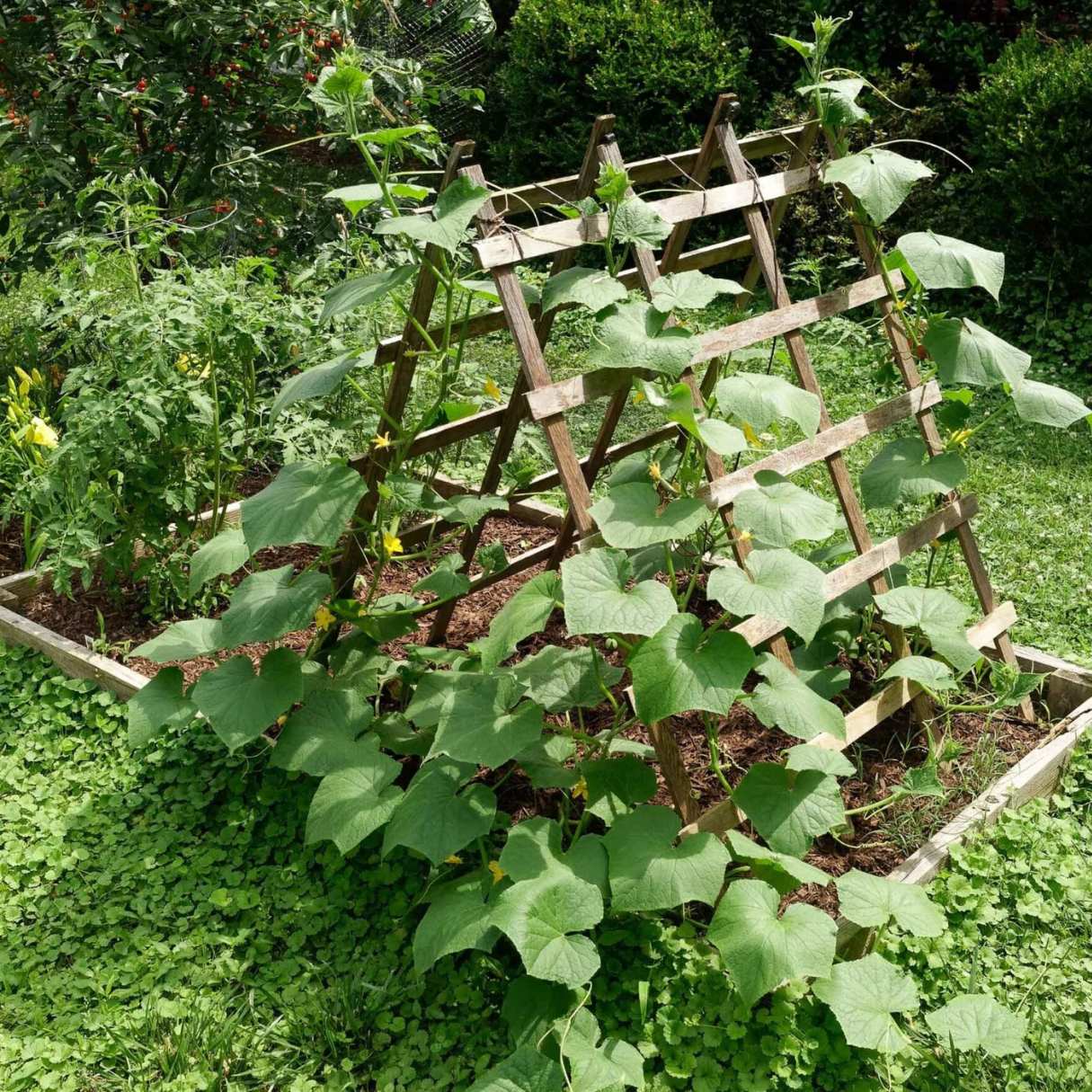
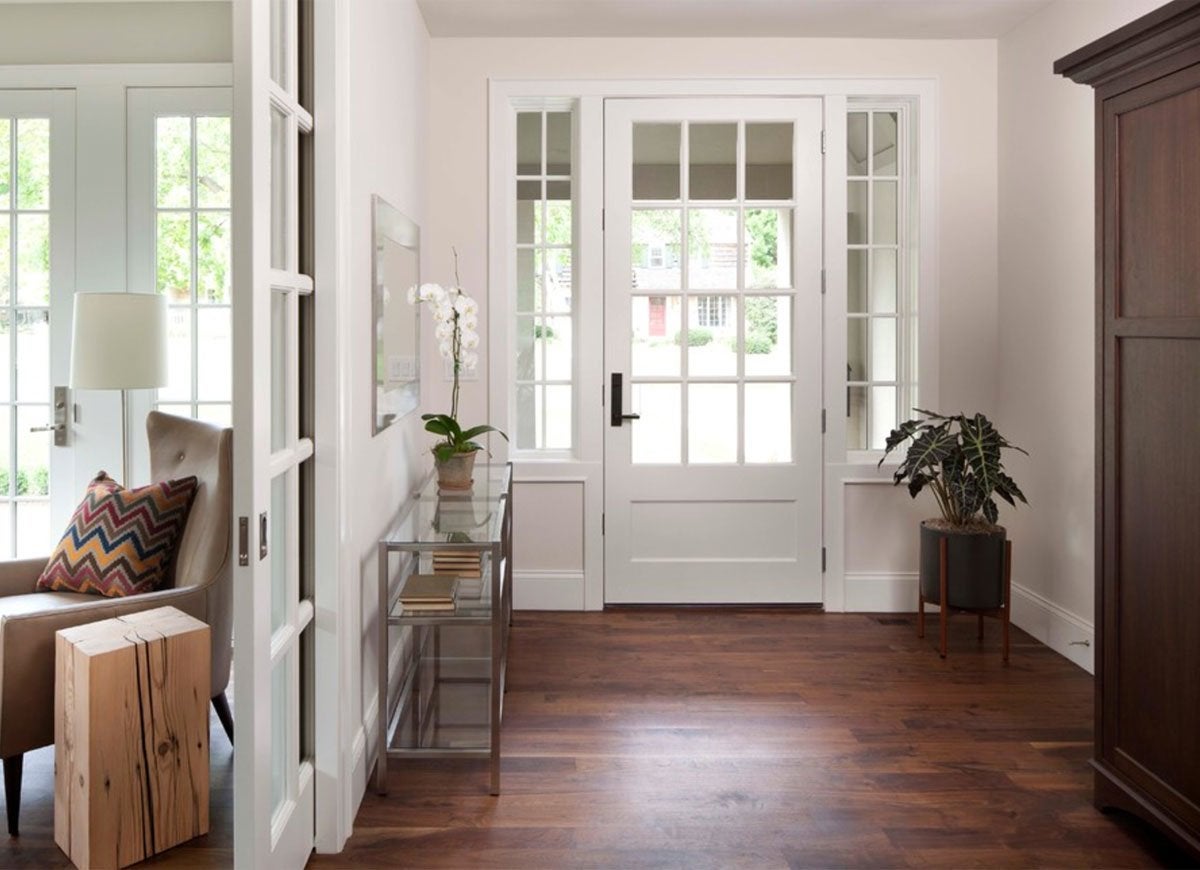
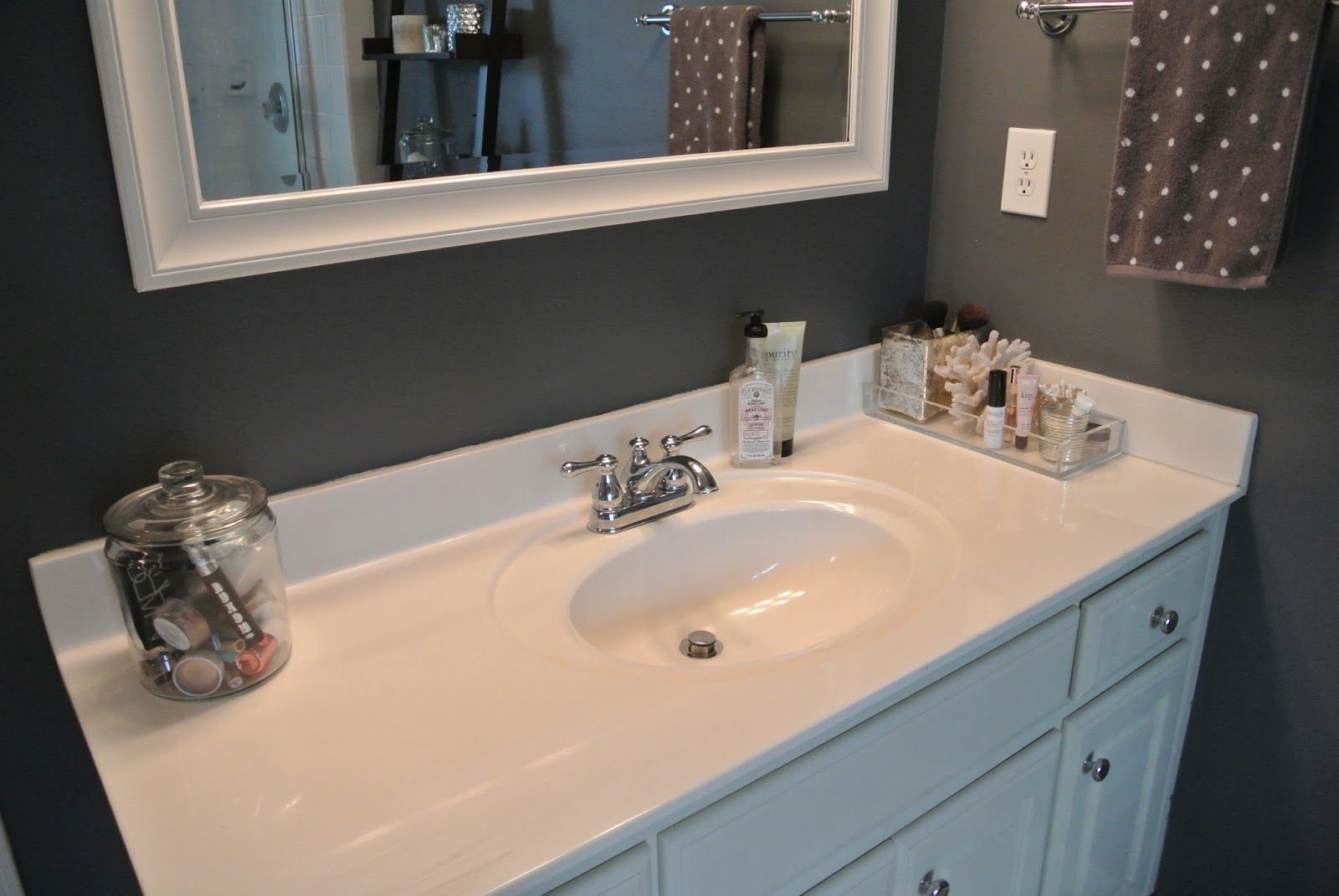
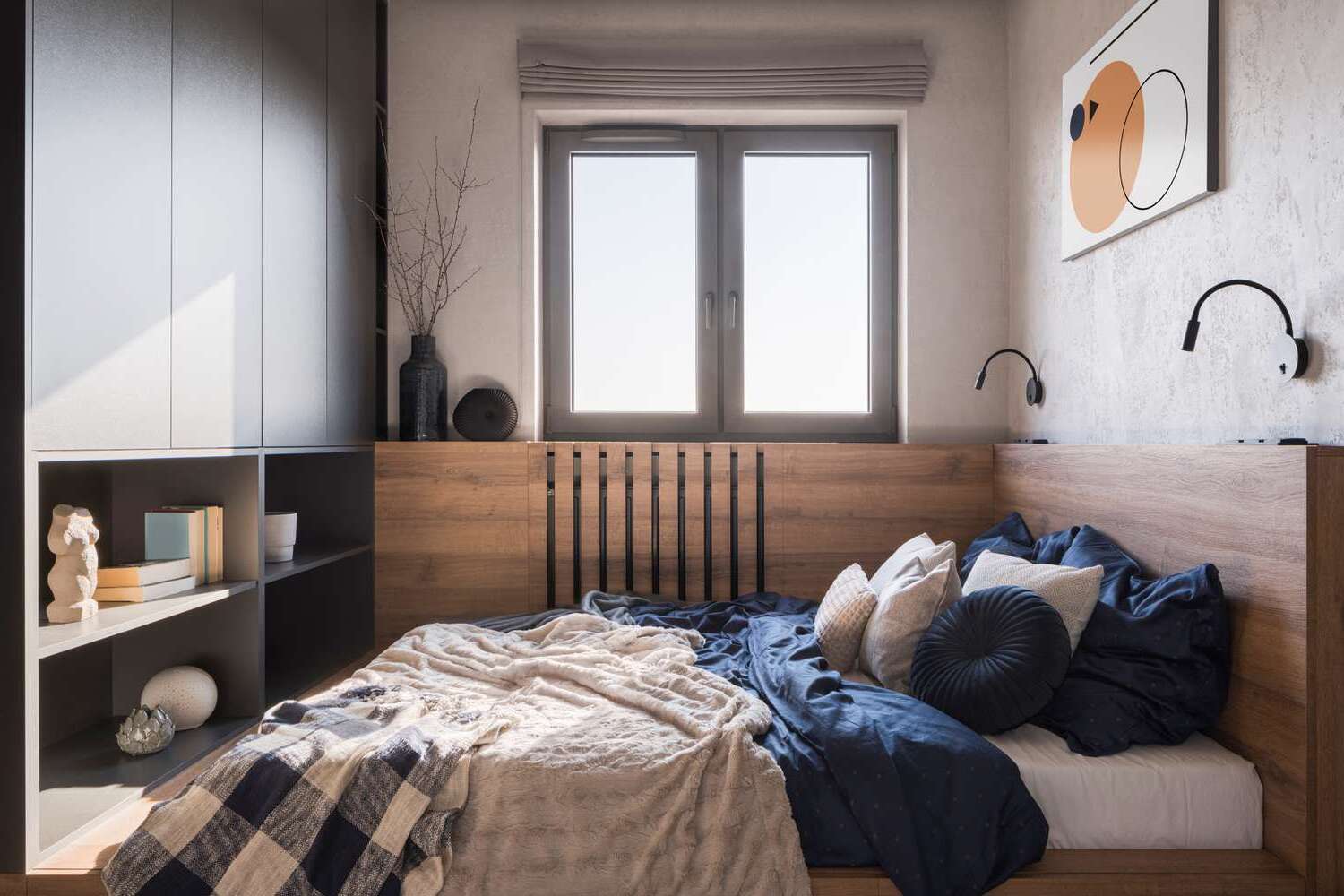
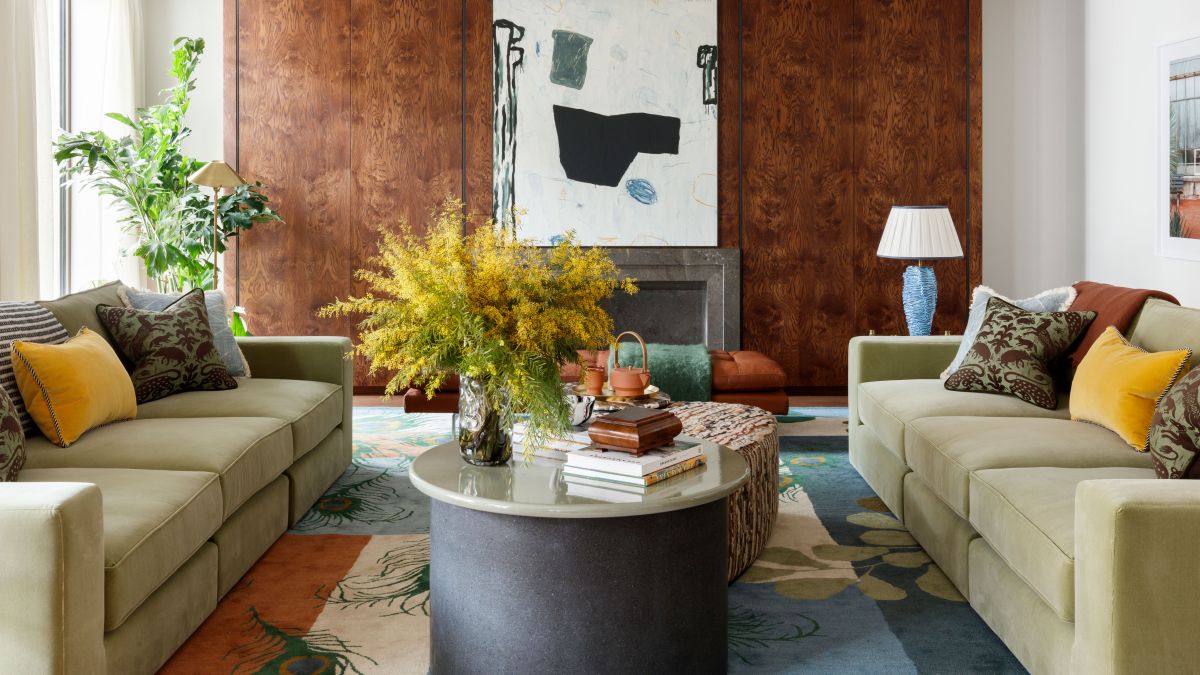
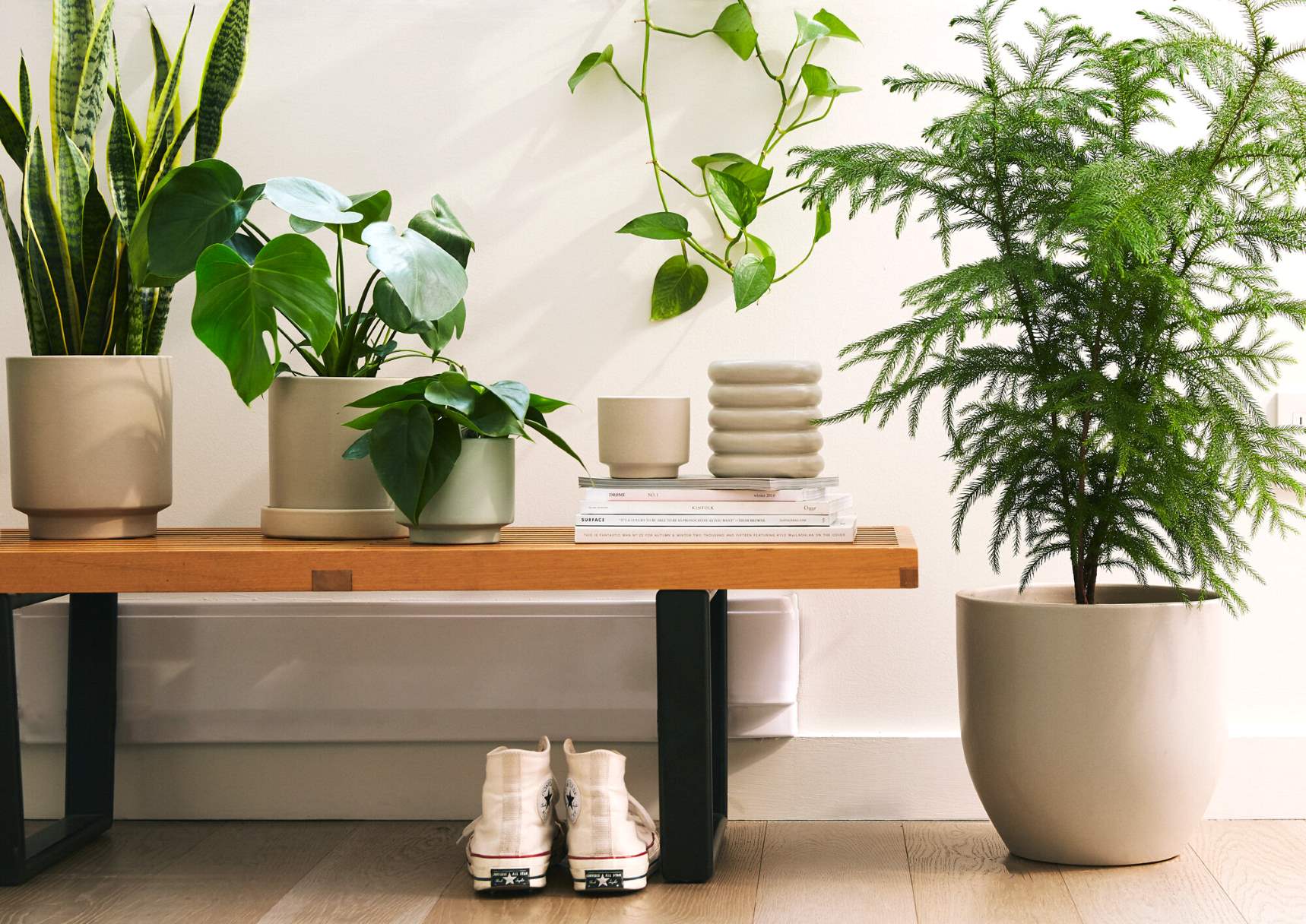
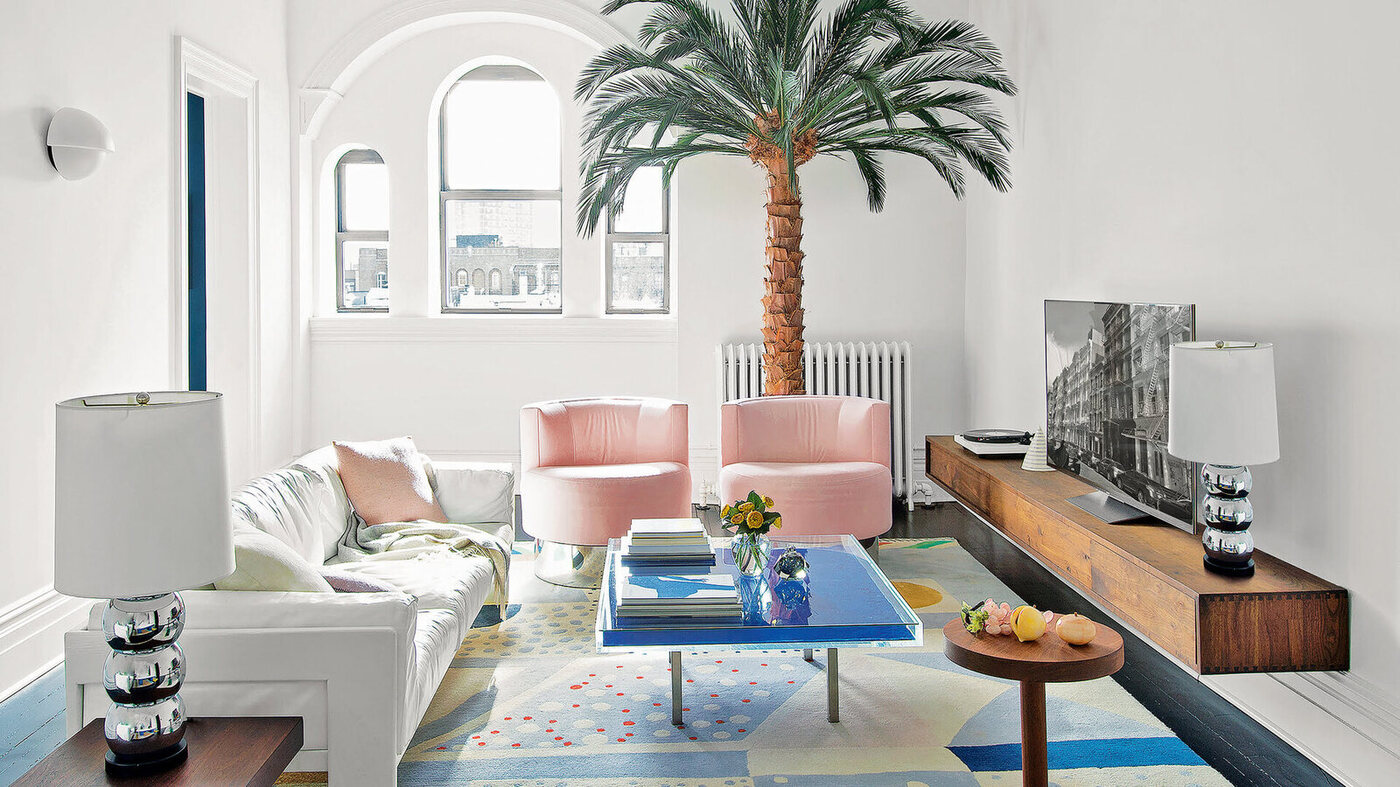
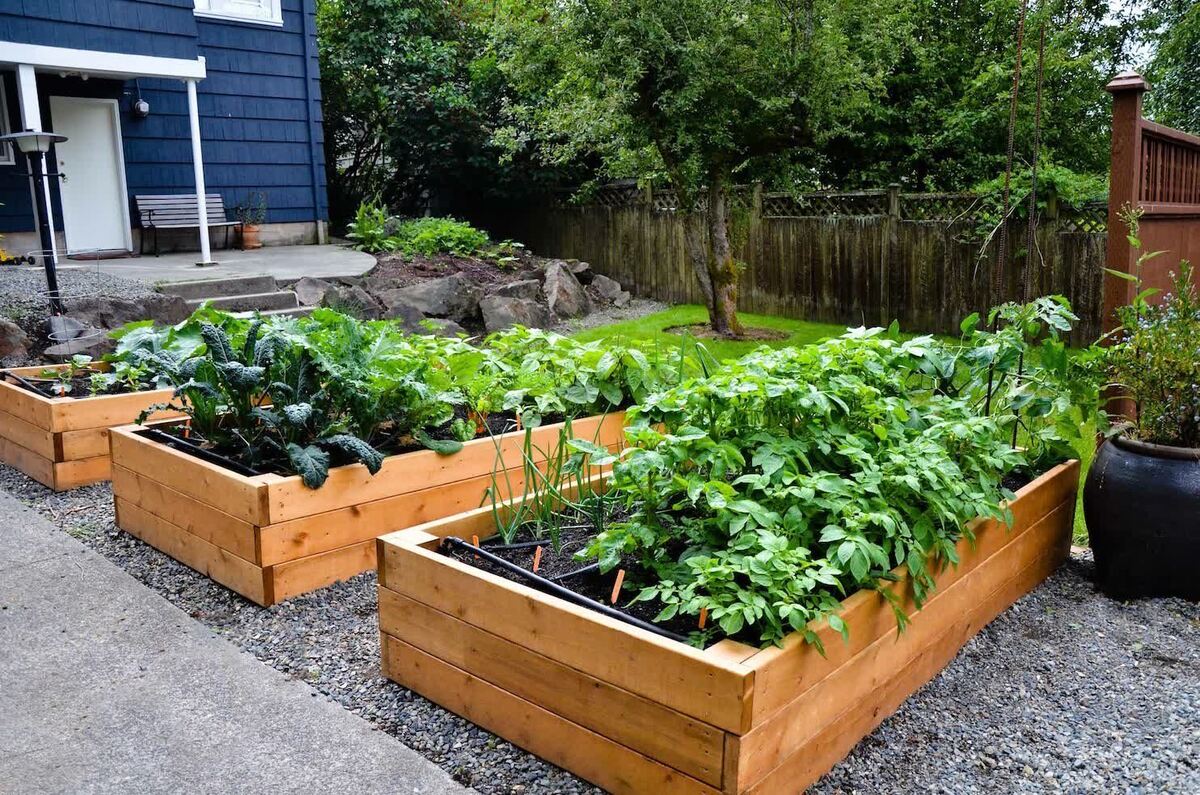
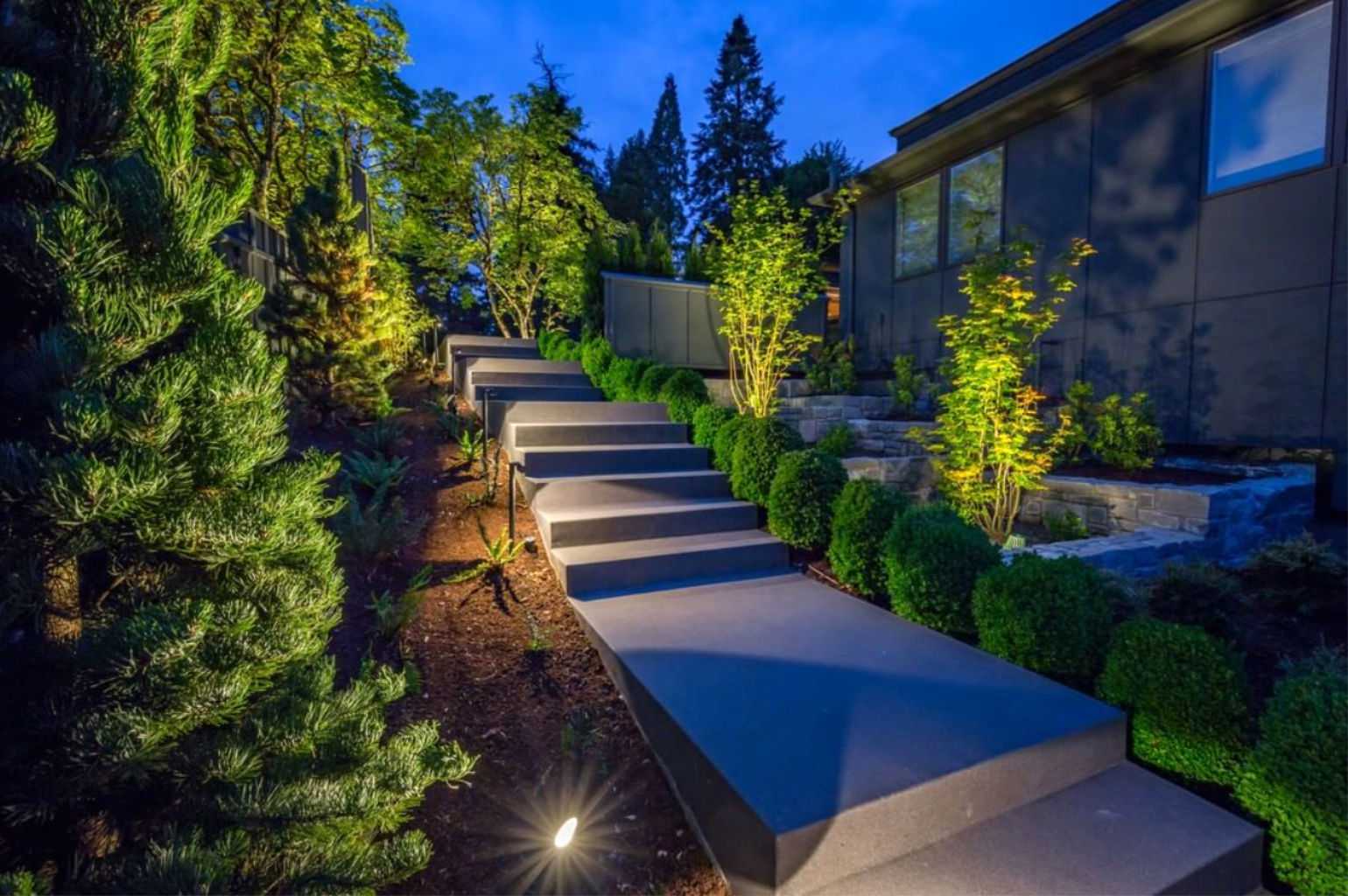
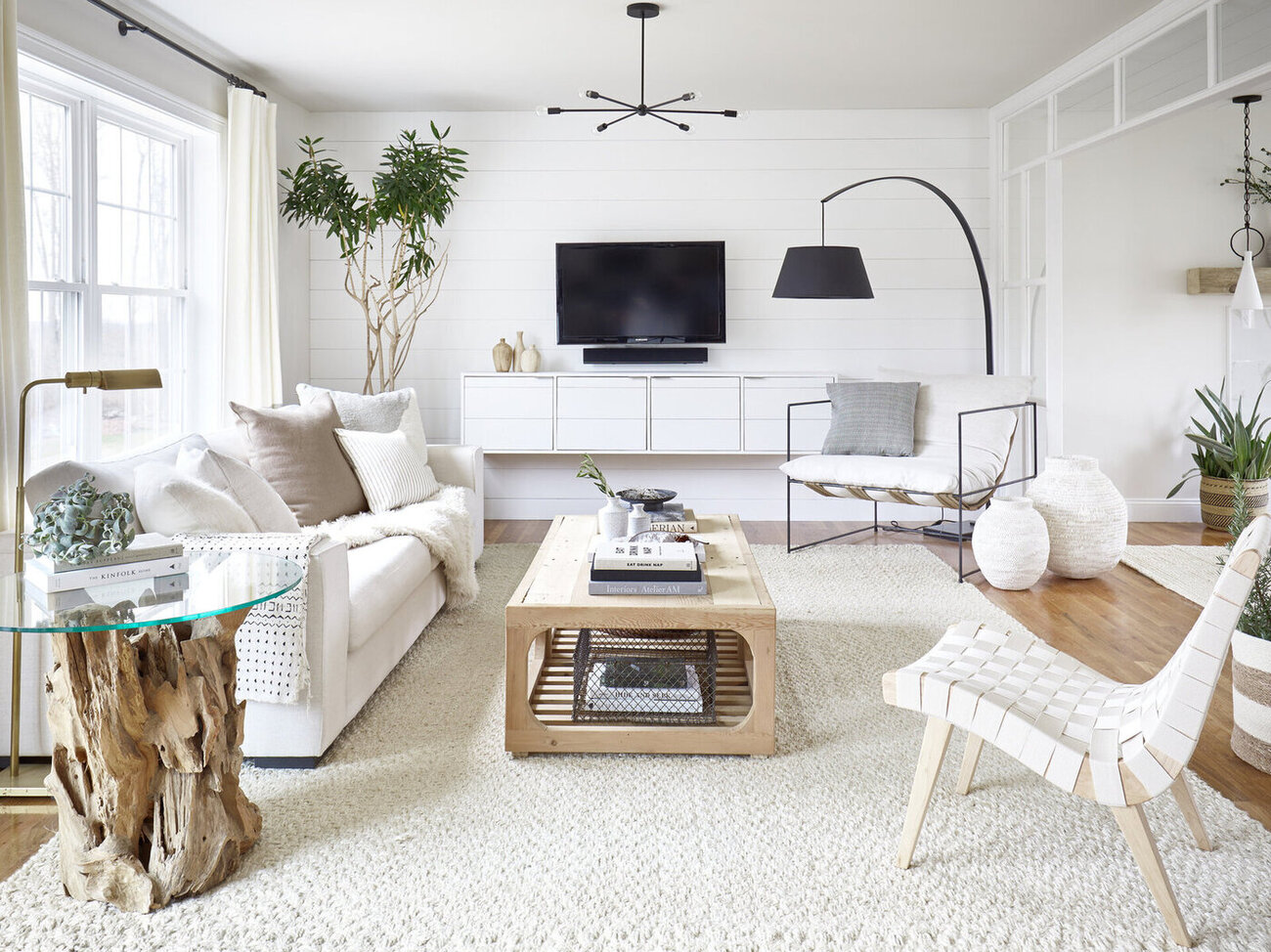
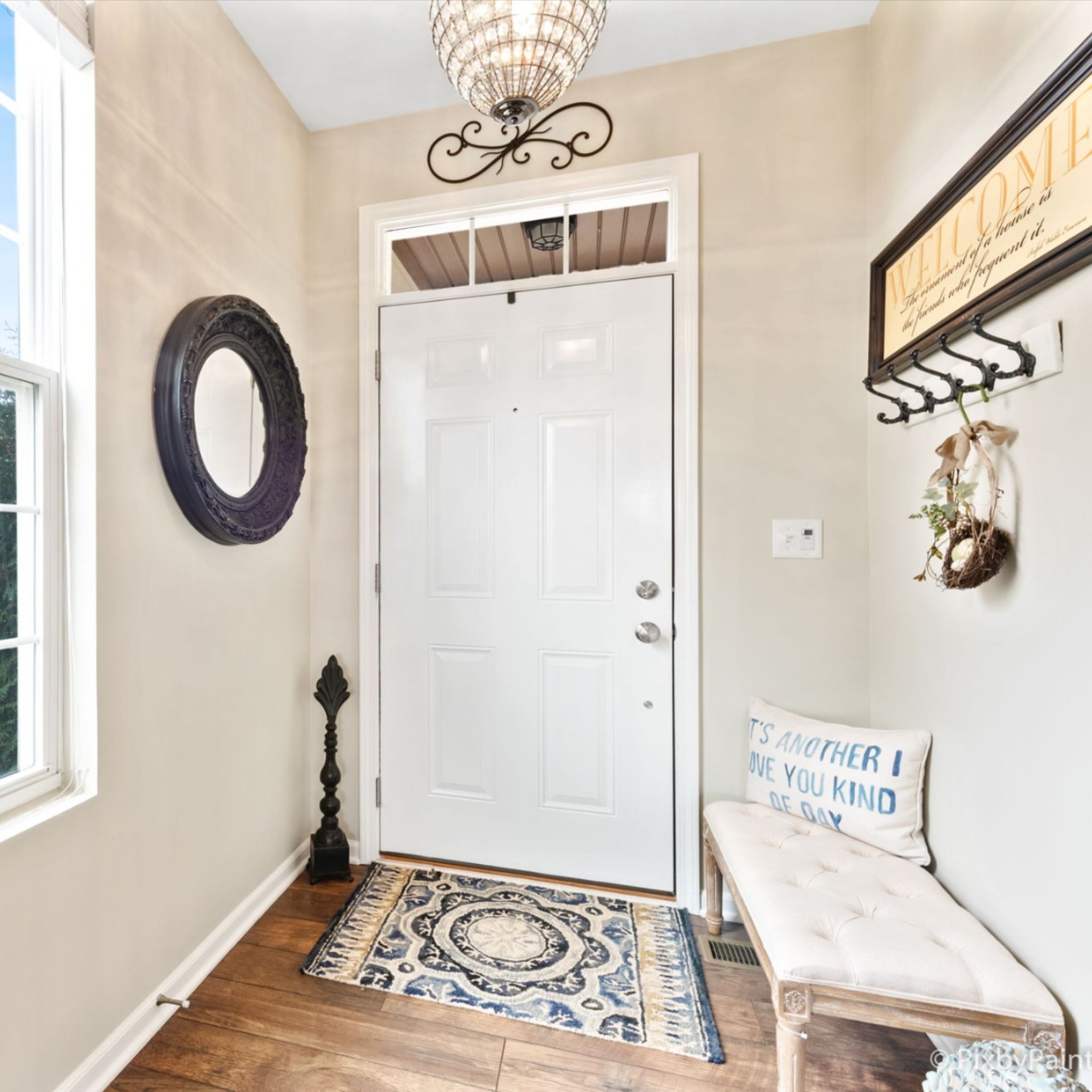
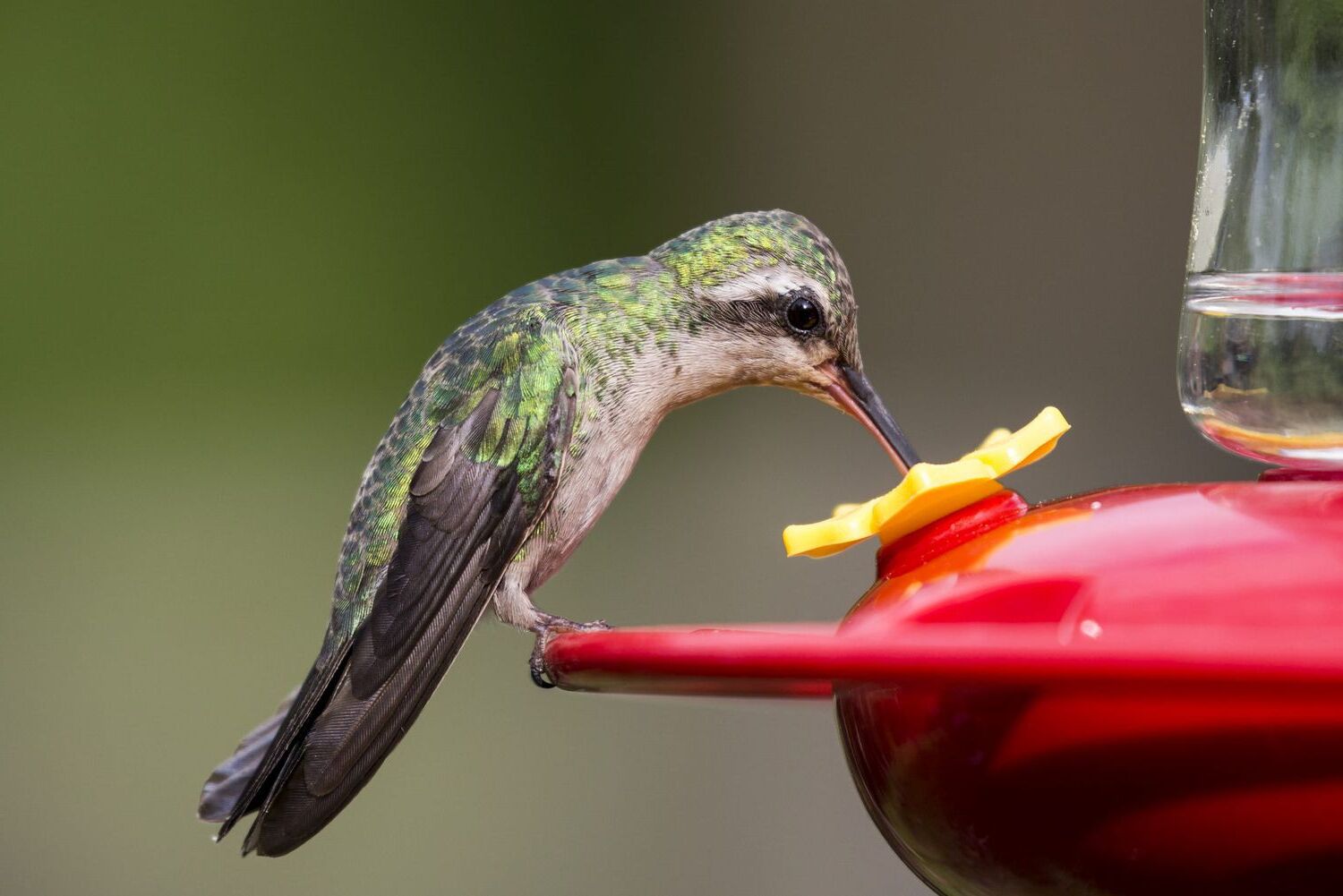
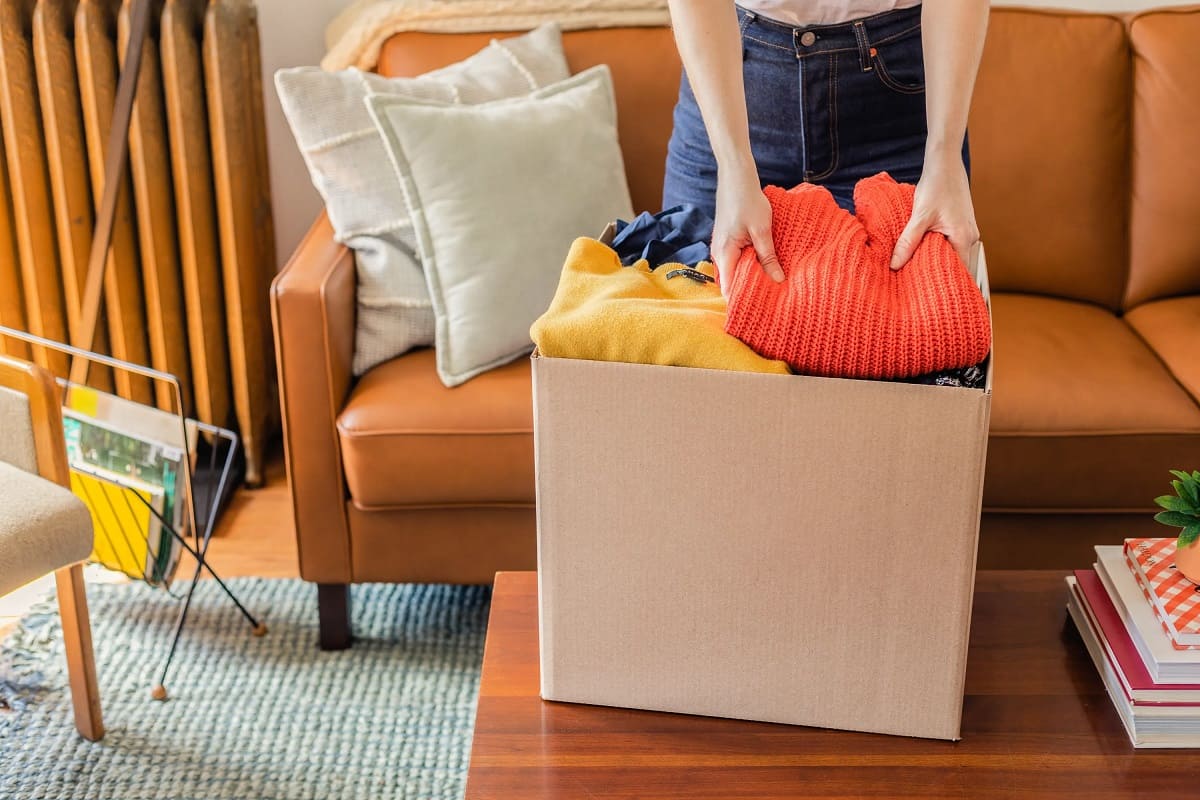

0 thoughts on “Small Garden Ideas: 30 Space-Savvy Ways To Max A Tiny Garden”